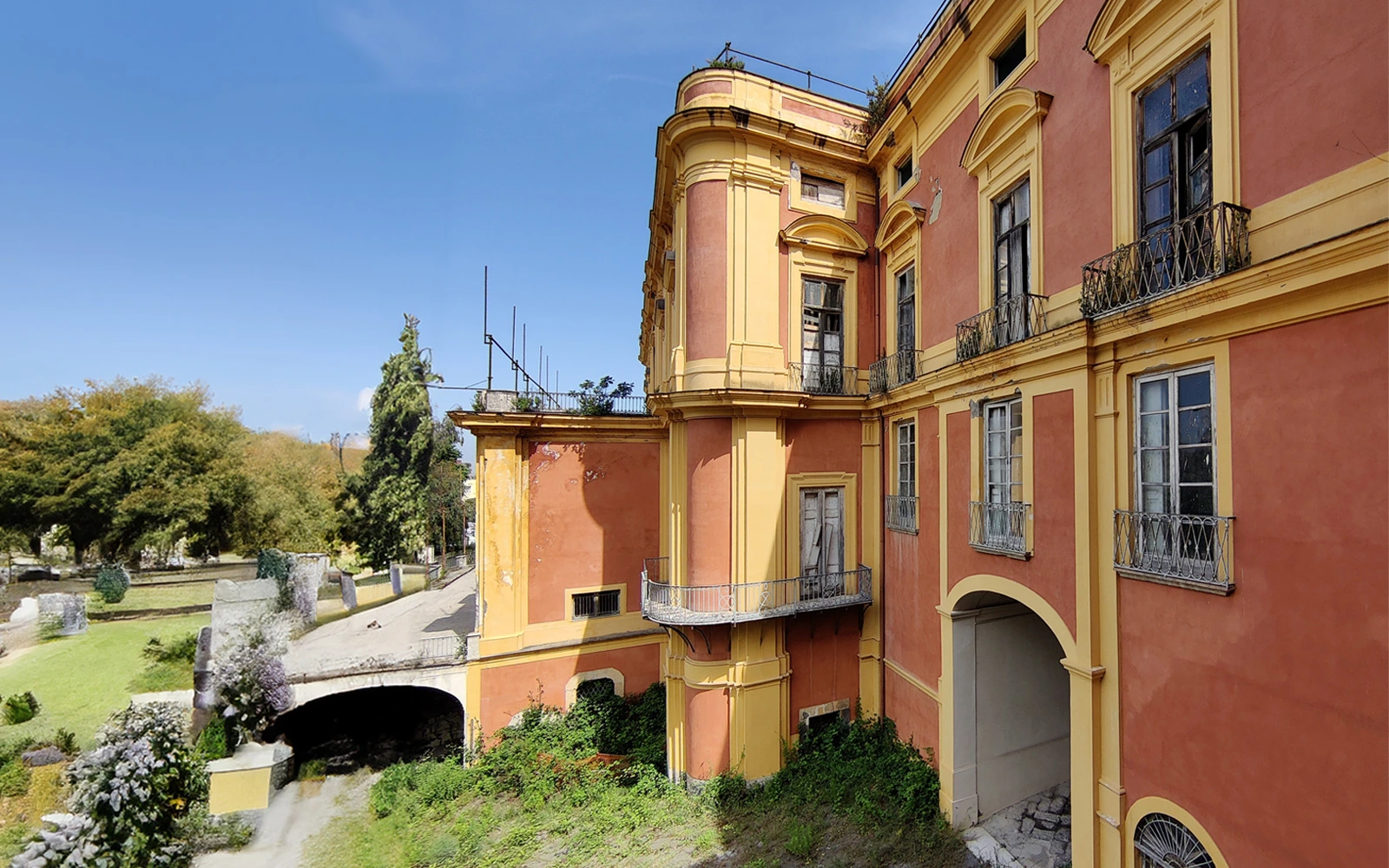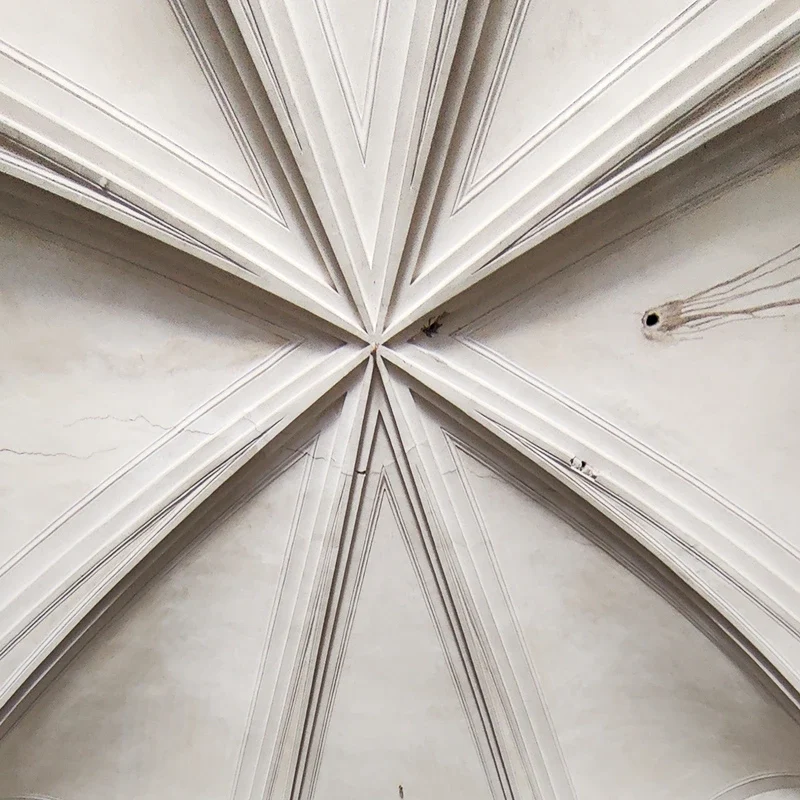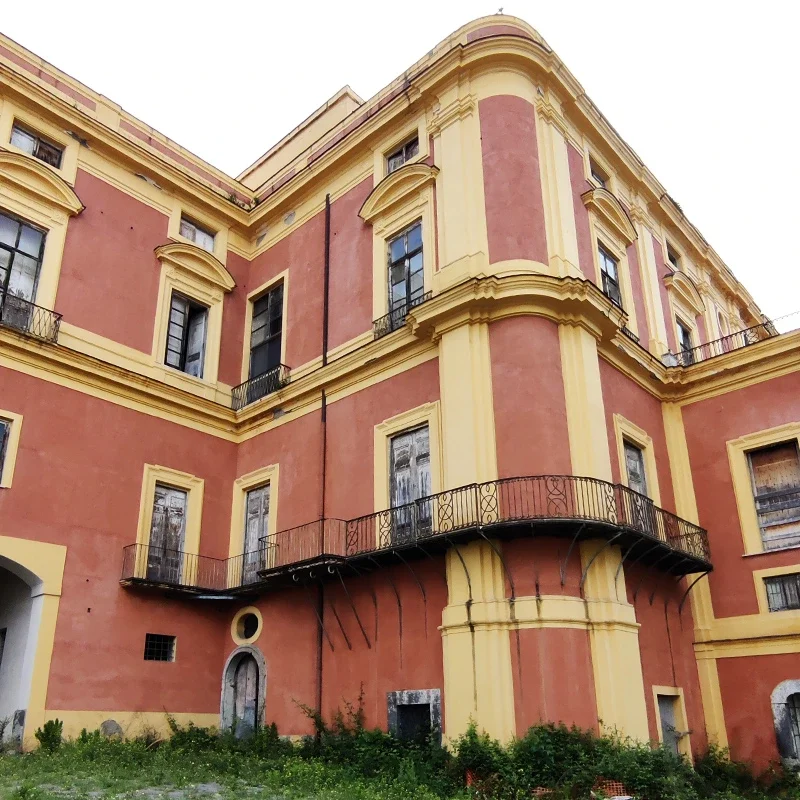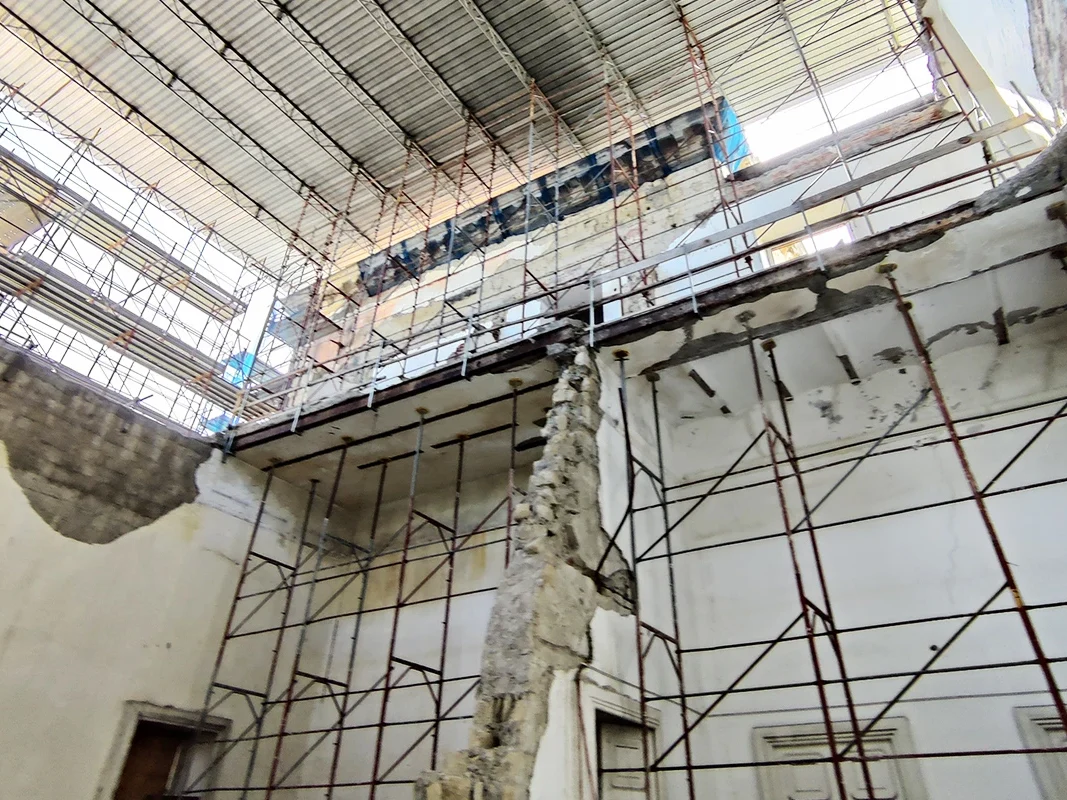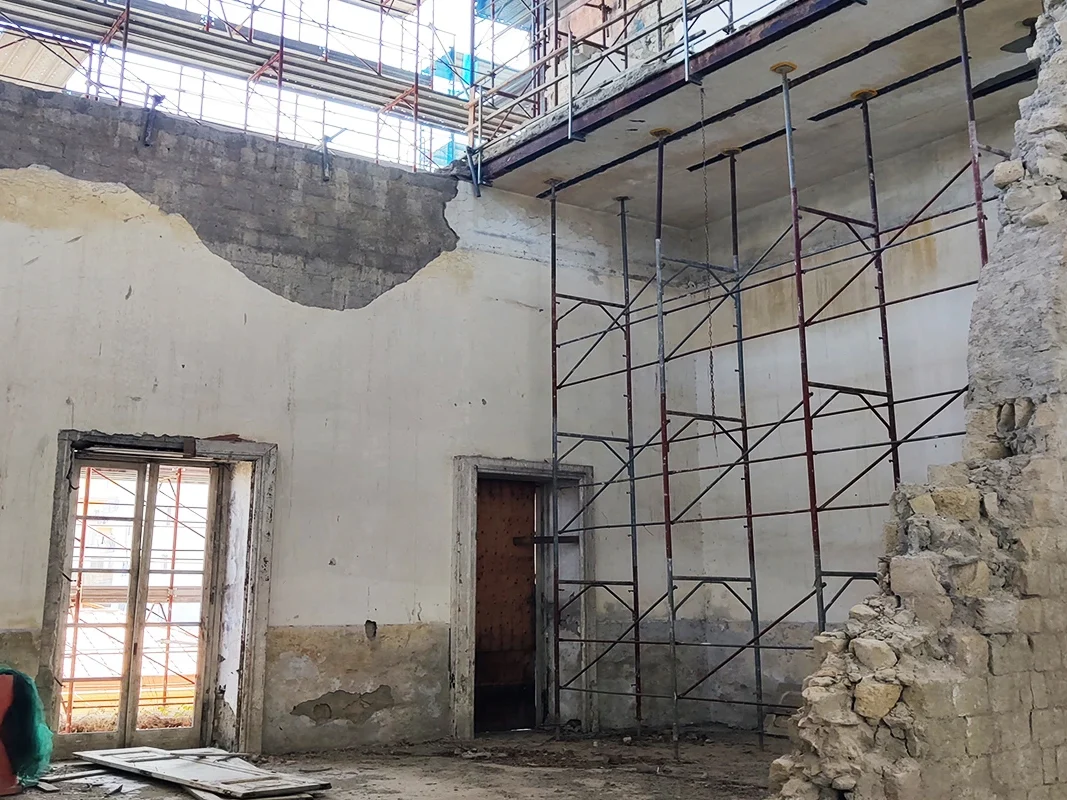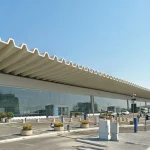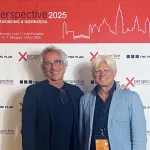In April 2025, the Temporary Grouping Minerva Restauri S.r.l. and Cuzzolino S.r.l. was awarded, through a tender launched by the Agenzia del Demanio (State Property Agency), the integrated contract for the executive design and execution of the restoration and conservative renovation works of the ‘Edificio del Bianchi’ and the adjoining ‘Edificio di collegamento’, part of the prestigious monumental compendium of Villa Favorita e Parco in Ercolano (NA).
Incide was chosen as technical partner for the MEP design (mechanical, electrical engineering and fire protection) and for the coordination of the entire BIM process, confirming its experience in the redevelopment of complex and listed historic buildings, and its multidisciplinary methodologies for integrated design.
The design team is led by DPC Architetti S.r.l., with the participation of Archeo ED S.r.l., Giannantoni Ingegneria and other specialists for this work with a total value of € 9,206,604.93.
The restoration project, between historical memory and re-functionalisation
The project envisages the re-functioning of the building for educational purposes, aimed at hosting a high school or a postgraduate specialisation course. The configuration of the interior spaces responds to criteria of efficiency, accessibility and enhancement of the historical heritage, in particular
- Ground floor: executive and representative spaces, administrative offices, secretary’s office, presidency and a conference room with approximately 100 seats.
- Historic chapel and back rooms: physical and functional connection with the adjoining ‘Edificio del Fuga’ (Fugue Building), by means of stairs and lifts, and gathering spaces.
- Second and third floors: teaching spaces, such as classrooms and laboratories, with related services.
A sustainable and technologically advanced valorisation project
The project stands out for its integrated approach to monumental restoration, which combines respect for the historical and architectural characteristics of the site with state-of-the-art MEP engineering solutions and full digitisation of the building process.
In this perspective, Incide’s role will be relevant for the executive design of the mechanical, electrical and fire-fighting systems, calibrated for historical buildings subject to monumental constraints. In particular, to ensure:
- energy efficiency through Class A BACS (Building Automation and Control Systems);
- the modelling and BIM management of the intervention with data sharing environments and HBIM platform in cloud environment, for the management of the entire life cycle of the intervention (design, building site, facility management)
- the full accessibility of spaces for users with motor and sensory disabilities, thanks to technological solutions for users with visual, hearing and motor disabilities (beacons, QR codes, voice TAGs, tactile paths, audio loop systems, Braille signage)
- compliance with CAM and environmental sustainability regulations.
To ensure efficient, transparent and integrated management of the intervention, the RTP also proposed the adoption of a digital, BIM-compatible information platform operating in a cloud environment, as a strategic tool for real-time monitoring of the construction process. The solution, compliant with the Procurement Code (Legislative Decree 36/2023), Ministerial Decree 560/2017 and UNI 11337 standards, will allow the collection, management and sharing of all design and technical data in a Data Sharing Environment (ACDat); it will also make possible an evolved Facility Management guaranteeing interoperability, traceability and information continuity in all project phases.
This technological infrastructure will make it possible to precisely map activities and resources, control times and costs according to a structured logic (WBS/Work Package), facilitating coordination between the professional figures involved and facilitating interfaces with the client. It is prepared to integrate advanced tools such as artificial intelligence, augmented reality and GIS systems.
The restoration of the “Edificio del Bianchi” represents a virtuous example of regeneration of the architectural heritage of the Miglio d’Oro, where technology is at the service of history, culture and the education of new generations.
